Beyond Meditation: 9 Science-Backed 'Micro-Practices' to De-Stress Your Day
In our fast-paced world, stress has become an unavoidable part of daily life. While traditional meditation has long been heralded as a powerful tool for stress reduction, not everyone finds it accessible or effective in their busy schedules. Enter the concept of "micro-practices"—small, science-backed activities that can be seamlessly integrated into your day to help manage stress. These practices are designed to be quick, effective, and easy to implement, offering a practical alternative or complement to meditation. This article delves into nine specific micro-practices, each supported by scientific research, that can transform the way you navigate stress.
The Power of Deep Breathing

Deep breathing is a cornerstone of many relaxation techniques, and for good reason. This simple practice involves taking slow, deep breaths to activate the body's parasympathetic nervous system, which helps reduce stress and promote calmness. Research shows that even a few minutes of deep breathing can lower cortisol levels, a hormone associated with stress. By focusing on your breath, you can create a moment of mindfulness, helping to break the cycle of anxious thoughts. Incorporating deep breathing into your daily routine can be as simple as taking a few moments to breathe deeply before starting a task or when you feel stress mounting.
The Art of Progressive Muscle Relaxation
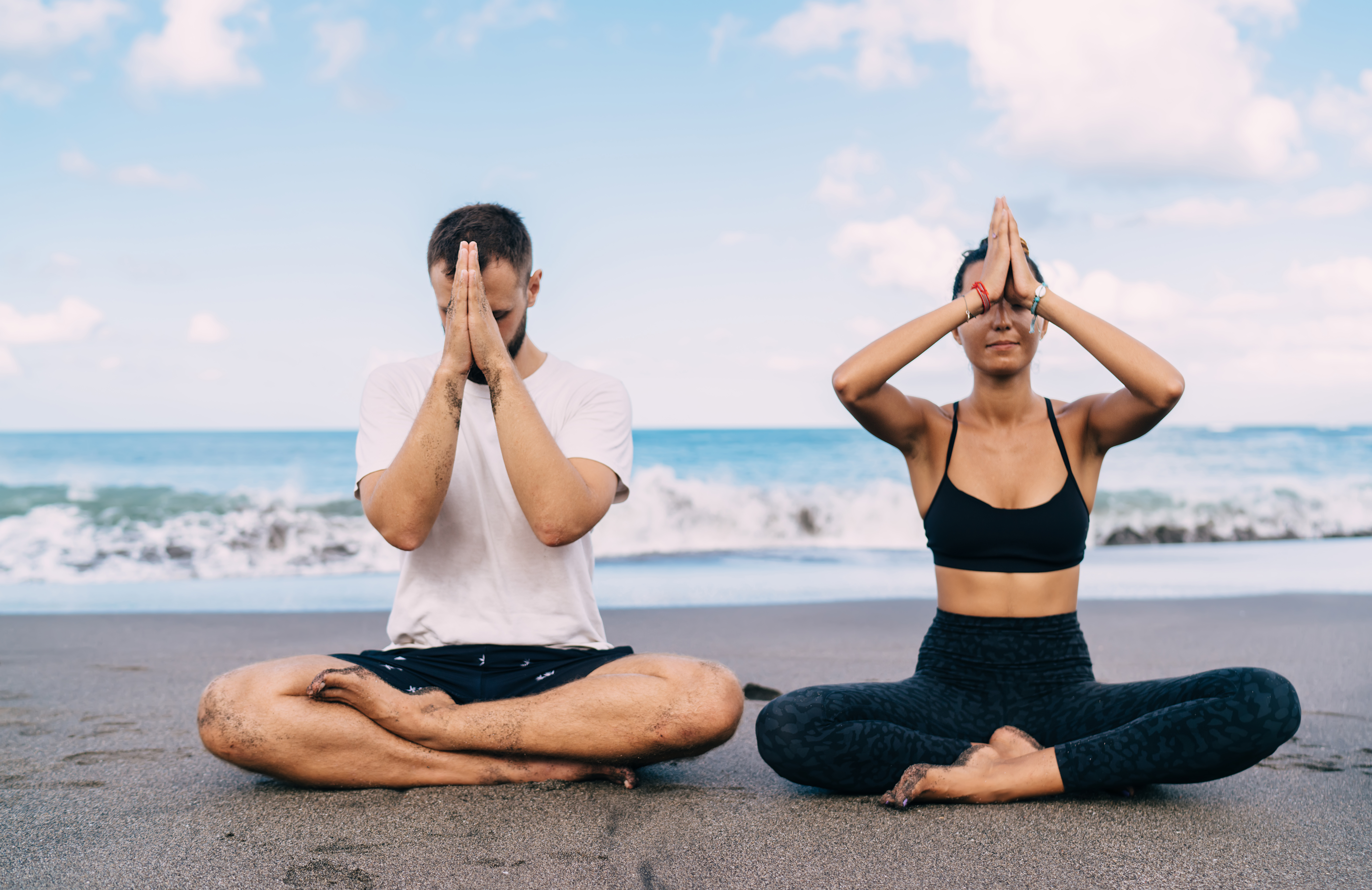
Progressive muscle relaxation (PMR) is a technique that involves tensing and then slowly releasing different muscle groups in the body. This practice not only helps reduce physical tension but also promotes mental relaxation. Studies have shown that PMR can significantly decrease anxiety and improve overall well-being. By focusing on the sensations of tension and relaxation, individuals can become more attuned to their body's stress signals and learn to release tension more effectively. This practice can be easily integrated into your day, whether at your desk or before bed, offering a quick way to relieve stress.
Gratitude Journaling: A Path to Positivity
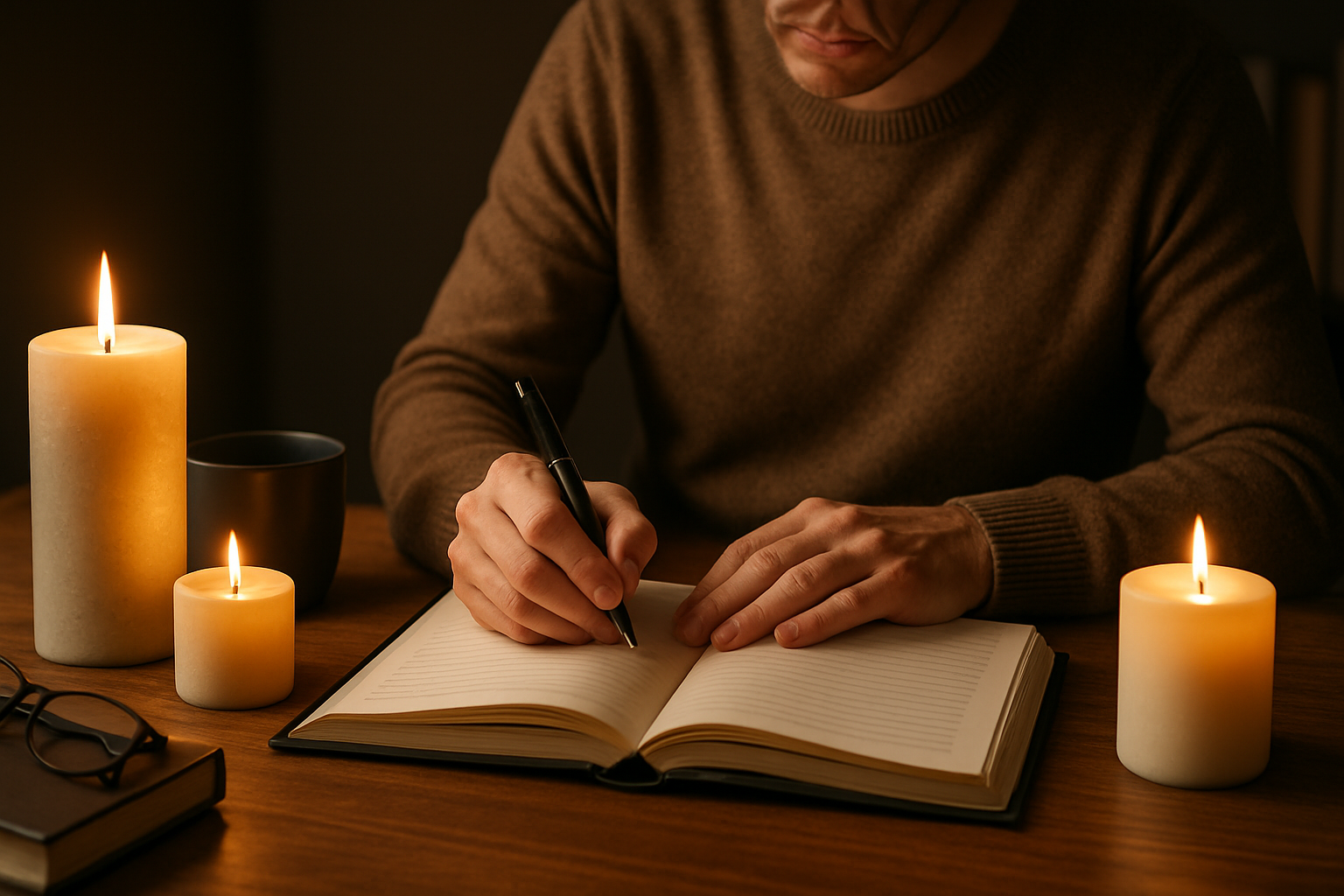
Gratitude journaling involves writing down things you are thankful for, which can shift your focus from stressors to positive aspects of your life. Research indicates that regularly practicing gratitude can enhance emotional well-being and reduce stress. By acknowledging the good in your life, you can foster a more optimistic outlook and build resilience against stress. This practice encourages mindfulness and can be as simple as jotting down three things you are grateful for each day. Over time, gratitude journaling can help rewire your brain to recognize and appreciate the positives, making stress easier to manage.
The Calming Effect of Visualization

Visualization, or guided imagery, involves creating mental images that promote relaxation and stress reduction. This practice taps into the brain's powerful ability to influence emotions through imagery. Studies suggest that visualization can lower stress levels and improve mood by providing a mental escape from stressors. By imagining a peaceful scene or a positive outcome, you can shift your mindset and reduce anxiety. Visualization can be practiced anywhere, making it a versatile tool for stress management. Whether you envision a serene beach or a successful presentation, this practice can help you cultivate a sense of calm and control.
Embracing the Benefits of Laughter

Laughter is often called the best medicine, and for good reason. It triggers the release of endorphins, the body's natural feel-good chemicals, and can reduce stress hormones like cortisol. Research has shown that laughter can improve mood, boost immune function, and increase pain tolerance. Incorporating moments of laughter into your day can be as simple as watching a funny video or sharing a joke with a friend. By finding humor in everyday situations, you can lighten your mental load and foster a more positive outlook, making stress easier to handle.
The Grounding Technique of Mindful Walking

Mindful walking combines the benefits of physical activity with mindfulness, offering a powerful way to reduce stress. This practice involves focusing on the sensations of walking, such as the movement of your legs or the feeling of the ground beneath your feet. Research indicates that mindful walking can improve mood, reduce anxiety, and increase overall well-being. By bringing awareness to the present moment, you can break free from stress-inducing thoughts and cultivate a sense of calm. Mindful walking can be practiced anywhere, whether during a lunch break or a stroll through your neighborhood, making it an accessible way to manage stress.
The Soothing Practice of Aromatherapy
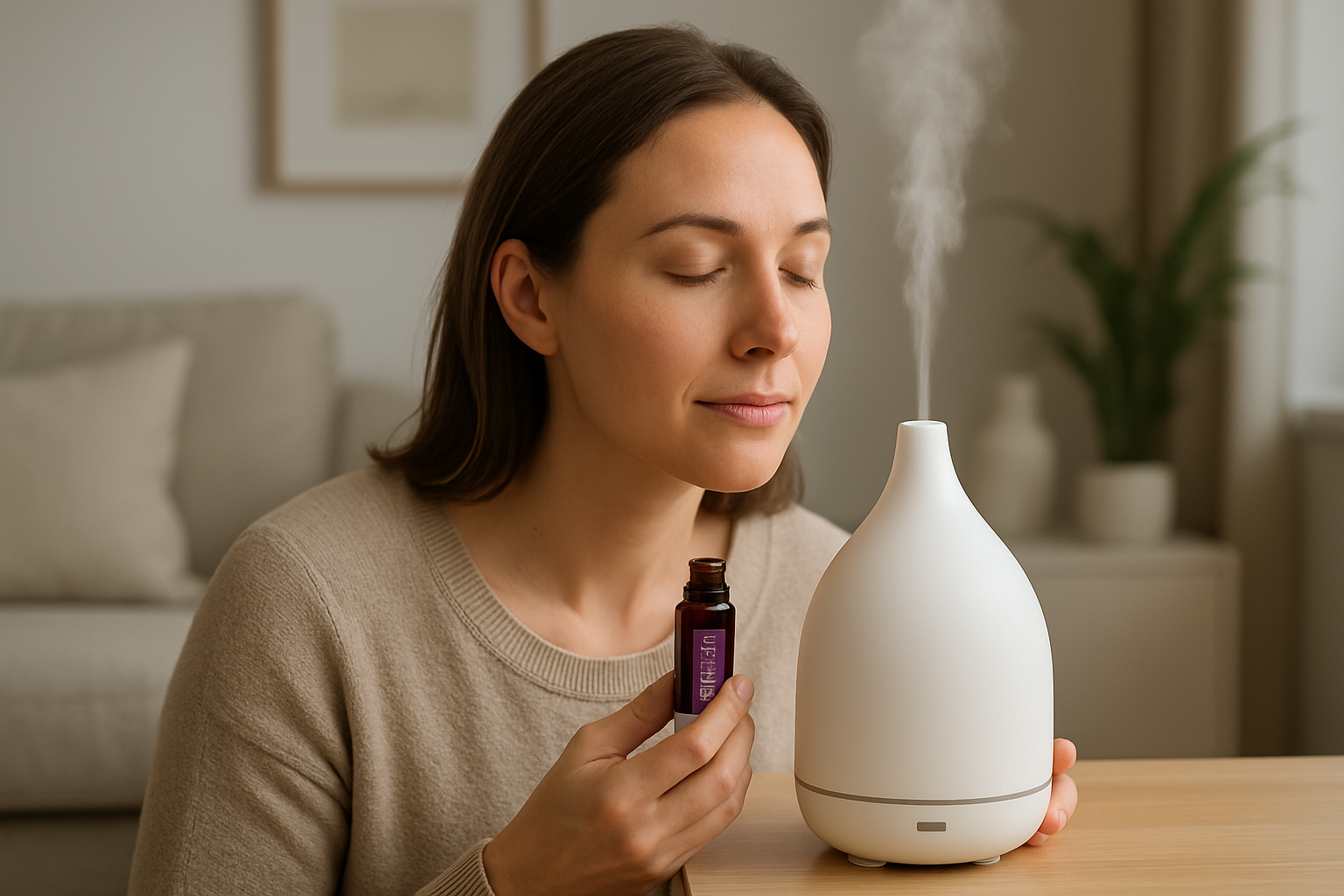
Aromatherapy uses essential oils to promote relaxation and reduce stress. Certain scents, such as lavender and chamomile, have been shown to decrease anxiety and improve mood. The olfactory system, which processes smells, is directly linked to the brain's emotional center, allowing scents to influence emotions quickly. Integrating aromatherapy into your day can be as simple as using a diffuser, applying essential oils to your skin, or inhaling them directly. By tapping into the power of scent, you can create a calming environment and enhance your ability to cope with stress.
The Stress-Relief of Creative Expression
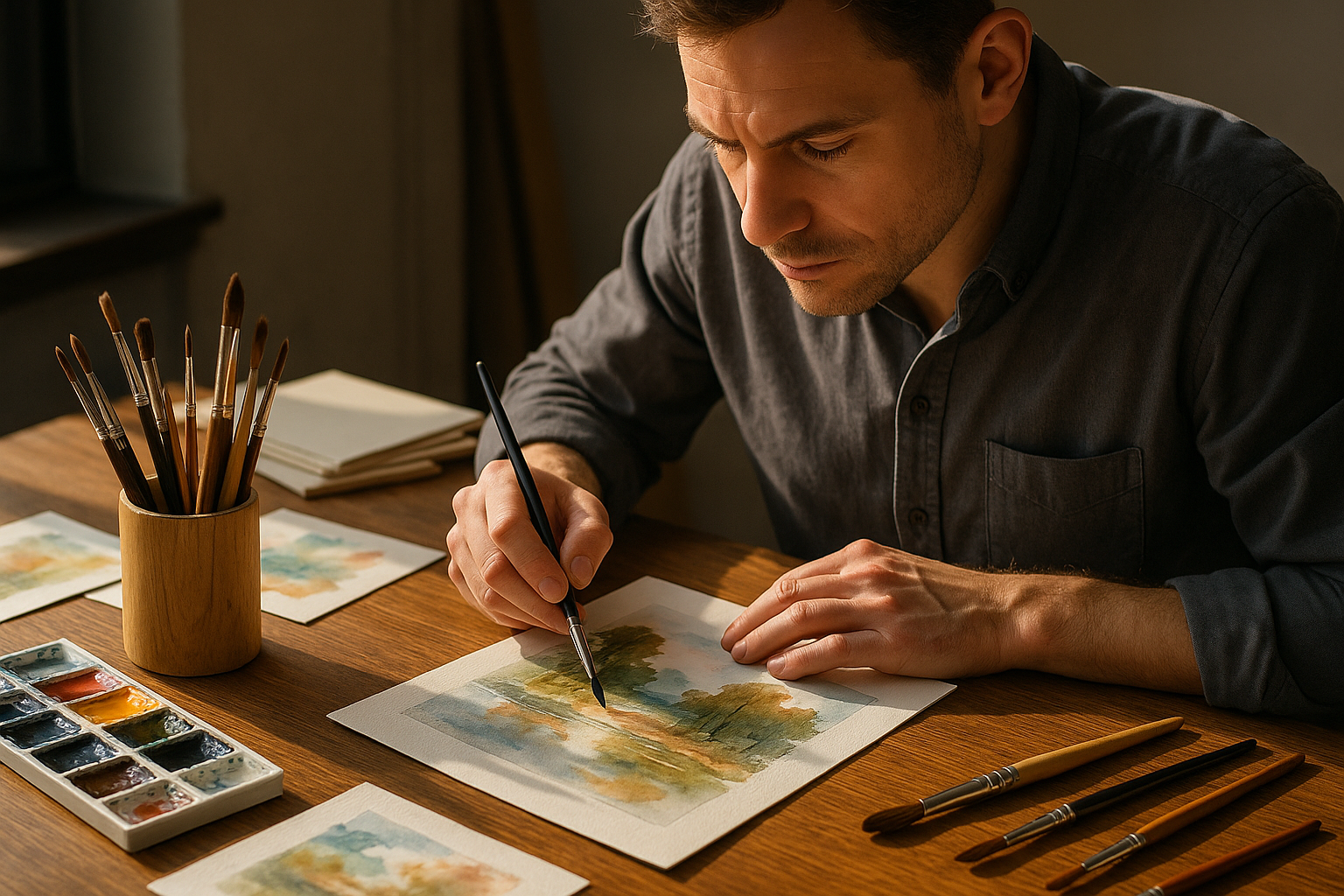
Engaging in creative activities, such as drawing, painting, or writing, can be a powerful way to reduce stress. Creative expression allows you to channel emotions and thoughts into a tangible form, providing a sense of release and relief. Studies have shown that creative activities can lower stress levels and improve mental health by promoting relaxation and mindfulness. By dedicating time to a creative pursuit, you can create a mental space free from stressors and focus on self-expression. Whether it's doodling in a notebook or crafting a poem, creative expression offers a unique and enjoyable way to manage stress.
The Restorative Practice of Micro-Breaks

Micro-breaks are short, intentional pauses taken throughout the day to rest and recharge. Research suggests that taking regular micro-breaks can improve focus, reduce fatigue, and decrease stress. These breaks can be as brief as a few minutes and involve activities like stretching, deep breathing, or stepping outside for fresh air. By incorporating micro-breaks into your routine, you can prevent burnout and enhance your overall productivity. These small pauses allow you to reset mentally and physically, making it easier to tackle tasks with renewed energy and a clearer mind.
Integrating Micro-Practices into Everyday Life
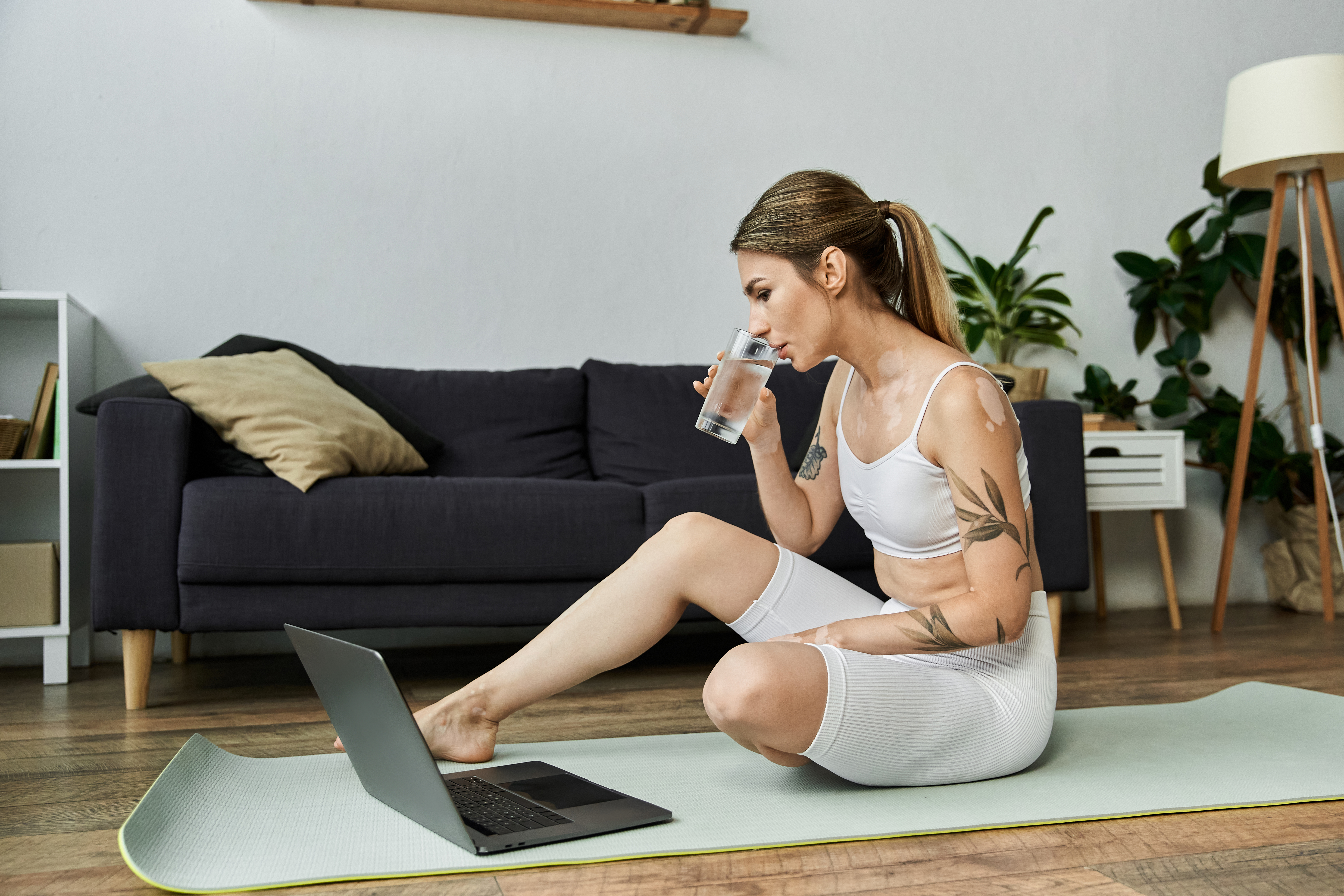
Incorporating micro-practices into your daily routine offers a practical and effective way to manage stress without the time commitment of traditional meditation. Each of these practices, supported by scientific research, provides unique benefits that can enhance your well-being and resilience. By experimenting with different micro-practices, you can discover which ones resonate with you and fit seamlessly into your lifestyle. Ultimately, these small, intentional actions can lead to significant improvements in how you handle stress, paving the way for a healthier, more balanced life.